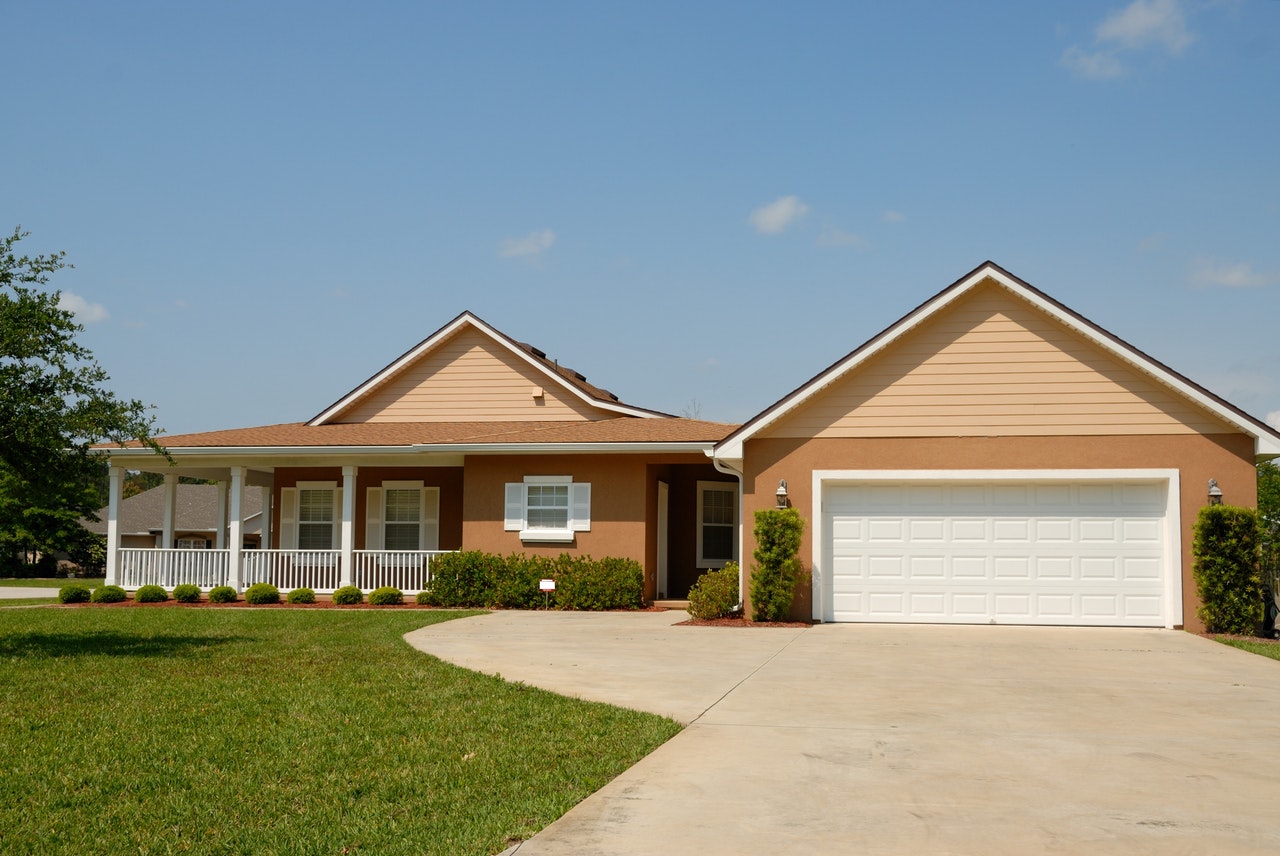
An easy definition of a mortgage is basically a kind of loan that you can take out to purchase a house. A mortgage is often a smart way to purchase a house even if you already have the funds to pay for it. The house is the security in most mortgage loans.
In most mortgage contracts you will find that there are three types of mortgages; the first is the conventional mortgage, and the other two are the variable-rate mortgages and the interest-only mortgages. Although there are many differences between these three, they all have one thing in common; the mortgage has to be taken out with a specific interest rate. This means that whatever your financial situation at the time of taking out the mortgage, this is what the interest rate will be. If you take out a mortgage when your financial situation is rough, you may find that the amount you pay back each month is more than the house is worth, in which case an adjustable-rate mortgage or a fixed-rate mortgage may be the best option.
The first type of mortgage is known as a conventional mortgage. These mortgages are usually for a period of 30 years, during which time the borrower has to make regular payments towards the mortgage. The main benefit of these loans is that they allow the borrower to borrow a large amount of money with a low interest rate. As long as the borrowers keep up with the repayments, they do not have to worry about any of their money going towards the loan and will only have to worry about repaying what they owe.
On the other hand, there are also some types of mortgages known as sub prime mortgages. These are loans that were originally intended for people who could not afford to pay the repayments. They allowed those who did not qualify for regular mainstream loans to borrow money at a much higher interest rate. In order to get an unsecured loan, it is important to prove that you have no difficulty in paying back your debts, which is why so many people obtain these loans in the first place. However, it is usually a good idea to take out a loan agreement before taking out the mortgage.
The second type of mortgage available is known as an interest-only mortgage or an option mortgage. These mortgages offer the borrower greater flexibility than the standard type of mortgage. They work by offering the borrower a lower interest rate for a specified period of time, after which this interest rate is raised. Although interest-only mortgages do offer a lower monthly repayments, they do require the borrower to make larger payments towards the mortgage at one time.
Last but certainly not least are balloon-payment mortgages. These types of mortgage loans work in a very similar way to interest-only mortgages; the main difference between them is that the repayments do not start until after the full term of the mortgage has expired. Whilst the amount of the mortgage repayments are lower overall, the total repayable is higher. As with interest-only mortgages, if the borrower starts to miss their mortgage payments, they are required to find the lump sum to pay off their debts. With any loan, it is wise to shop around before signing on the dotted line – make sure you get the best deal on the market.
